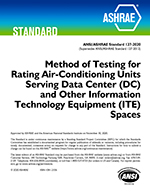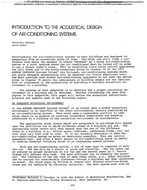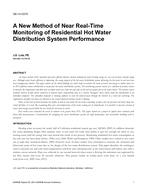System chemistry deals with any chemical reactions that could take place in an HVAC&R system between refrigerants, lubricants, and construction materials of various system components (e.g., compressor, heat transfer coils, connecting tubing, expansion device). Higher temperatures or contaminants such as air, moisture, or residual process chemicals (e.g., metal cutting fluids, cleaning agents) complicate chemical interactions between components. Phase changes occur in the refrigeration cycle; in particular, the temperature extremes from the highest discharge line temperature to the lowest evaporating temperature are of importance to the end user. This chapter covers the chemical aspects of refrigerants and lubricants, and their compatibility with each other as well as with system materials. Two distinct chemical evaluations are generally undertaken when considering new refrigerant or lubricant candidates: (1) chemical compatibility testing to assess the stability of refrigerant and lubricant with each other and with system components, and (2) material compatibility testing to assess the stability of system component materials with refrigerant and/or lubricant. Lubricants are extensively covered in Chapter 12, and contaminant control is discussed in Chapter 7. Detailed information on various refrigerants is provided in Chapters 1 and 2 of this volume, and in Chapters 29 and 30 of the 2017 ASHRAE Handbook–Fundamentals.
Refrigerants
Lubricants
System Reactions
Compatibility of Materials
Chemical Evaluation Techniques
ISBN: 978-1-939200-98-3 (for SI versions of chapters)
ISSN: 1930-7217 (for SI versions of chapters)
Citation: 2018 ASHRAE Handbook–Refrigeration
Product Details
- Published:
- 2018
- ISBN(s):
- 9781939200983
- Number of Pages:
- 16
- Units of Measure:
- SI
- File Size:
- 1 file , 680 KB
- Product Code(s):
- D-R062018SI


